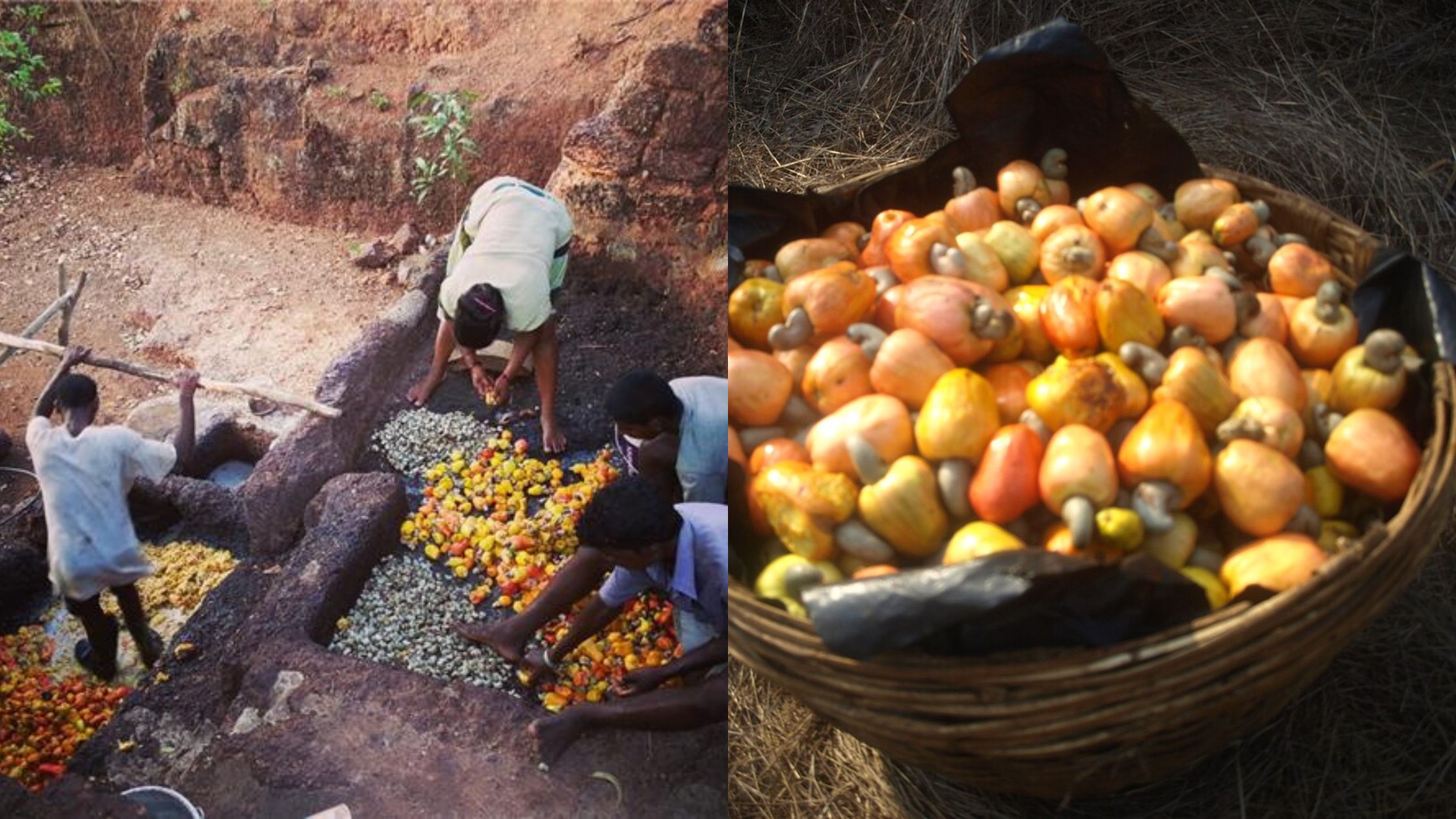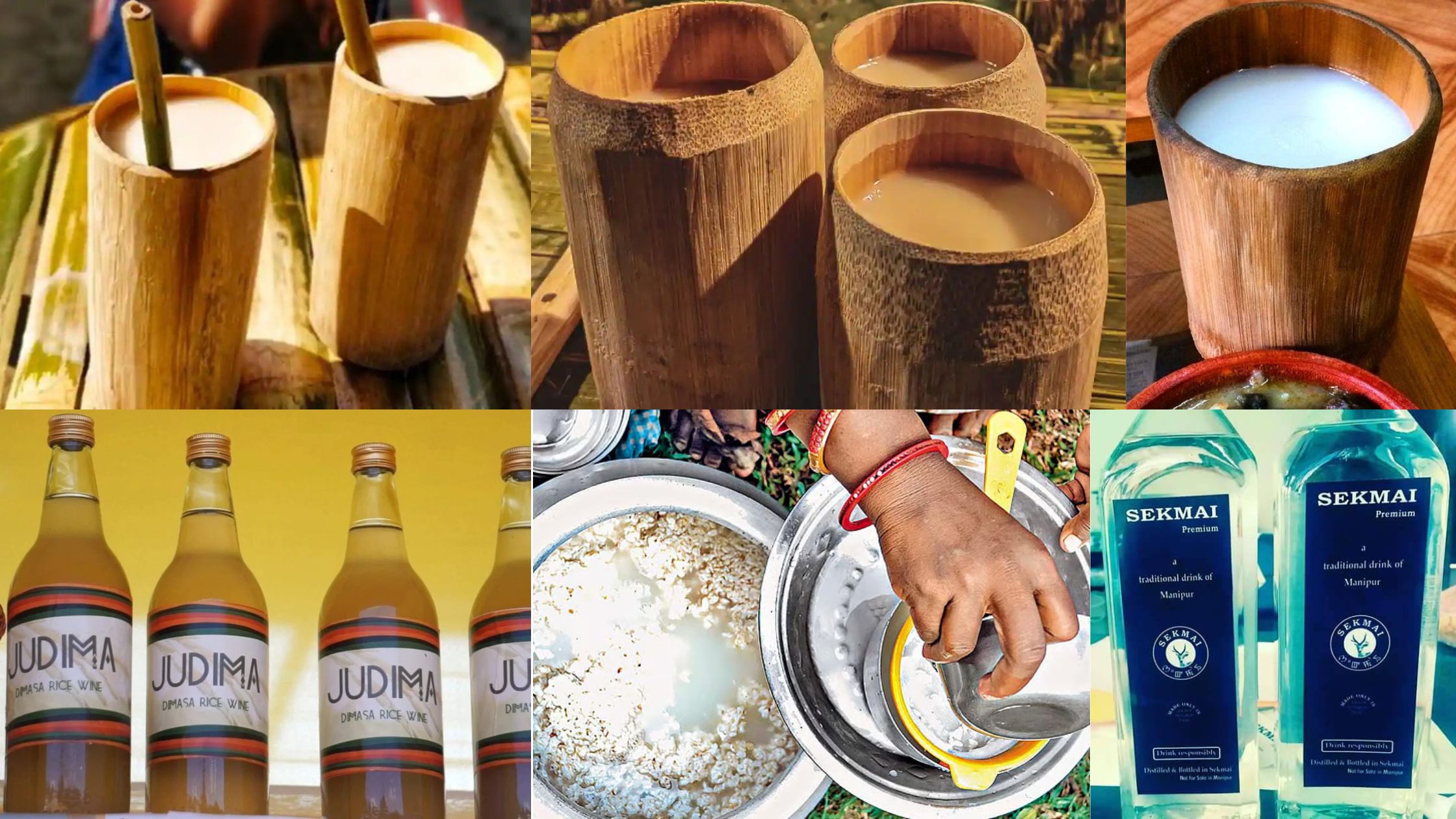Best Liquor Under ₹10,000 for a Perfect New Year 2026 Party
2025-12-05

_1756902206.jpg)
India is a diverse tapestry of identities. From their many languages, cuisines, music, and rituals, it is clear that each state is wonderfully distinct from each other—and throughout these regions there is a love for alcohol. While the global discourse about alcohol often centers on Scotch Whisky, French wines, or sake from Japan, India has its own variety of local spirits that have flourished over centuries, all influenced by geography, agriculture, and culture.
While Europe has a long history of wine production and East Asia has defined its traditions around rice-based alcoholic beverages (sake and soju), India has a localized, community-based drinking tradition. The country is home to its own beloved local liquor from every corner of the map, and these local drinks are made from a variety of food sources such as fruits, grains, roots, palm sap, and even flowers. These drinks are also vehicles of culture instead of just for drinking; they signify community, identity, ritual, and hospitality.
We will visit two featured regions with some of the richest traditions for producing indigenous liquor: Goa, Kerala, and Northeast India. These landscapes produce liquors that are more than servings of alcohol; they produce heritage, craftsmanship, and pride.

Most people think of Goa as golden beaches, nightlife, and seafood. Yet Goa also has one of India's unique drinking cultures, a legacy of centuries of Portuguese influence fused with local ingenuity.
No discussion of Goan liquor can begin without Feni, the state’s signature spirit and one of only a few Indian liquors with a Geographical Indication (GI) tag.
Feni exists in two varieties:
Feni isn’t a drink that conceals itself – it’s proud, full-bodied and aromatic. Most first-time drinkers find it challenging, but once you acquire a taste for it, the flavor becomes the mark of authenticity. Locals tend to drink it neat, with lime soda, and in bravely creative cocktails.
Pairing Tip: Cashew feni complements Goan seafood classics like prawn balchao or fish curry rice. Coconut feni, meanwhile, shines in long, refreshing drinks with ginger ale, soda, or coconut water.
While feni is the mature spirit of Goa, Urrak is its light-hearted, playful version. Urrak is distilled only once, resulting in a lighter, fresher spirit, and it is available only during the summer cashew harvest period, from March to May. Its short shelf life and limited availability make it a delightful seasonal ritual. The locals drink it with soda, salt, and heaps of chili flakes—a drink made for warm Goan evenings.
Goa has also emerged as the beating heart of India's modern craft spirits movement. Young distillers are playing around with gins made with local botanicals like Kokum, cashew leaves, and spices, and rums that are reflective of Goa's sugar cane past- as they do this, they are balancing tradition with new global trends, and making sure Goa stays at the forefront of India's fast-changing landscape for alcohol.
 kerala.jpg)
If Goa is shaped by cashews and the coast, Kerala draws its drinking traditions from coconut palms, spice trade legacies, and a culture that celebrates community meals. Here, alcohol has always been intertwined with food and social life.
Toddy, or kallu, is Kerala’s quintessential local drink. Tapped fresh from coconut or palm trees, toddy is collected in earthen pots by skilled tappers who scale towering palms with astonishing ease.
Toddy shops ("kallu shaap") are an essential part of Kerala's culture. They feature ample supplies of toddy with various spicy dishes such as karimeen pollichathu (pearl spot fish cooked in a banana leaf), beef ularthiyathu (dry-fried beef) and kappa meen curry (tapioca with fish curry). Drinking tody in Kerala is as much about food and companionship as it is about drink.
For several centuries, Kerala also produced Arrack a distillate distilled from sugarcane or the sap from palm. However regulations and bans in the late twentieth century eliminated it from the market. Today, it is only produced in artisanal corners and mostly talked about in fading years; with the older generations thinking about Arrack's cultural importance.
The spice history of Kerala is remarkable — it has been the global center of cardamom, pepper and cloves, cinnamon, etc., for centuries. No wonder today's distillers are embracing that legacy by working with gins, liqueurs and rums, which are infused with spices from Kerala. The products are meant to appeal to the adventurous drinker and set Kerala apart as a place for craft spirits that forward flavor.
Pairing Tip: Fresh toddy with kappa and fish curry captures the true essence of Kerala’s culinary and drinking culture.

While Goa and Kerala share stories of coasts, the Northeast India tells a completely different story than the rest of India with its mountains, forests and rich tribal traditions—brewing and distilling are not mere food activities, they are also festivals and rituals relevant to community life.
Apong is a traditional rice beer originating from the Adi and Mishing tribes. It is made from starter cakes of herbs (called epi/opo). Apong has noticeable smoky, earthy notes, moderate alcohol, and fresh taste. Apong is traditionally brewed in the home, served during harvest festivals, and shared and consumed at weddings or community gatherings.
Zutho is the drink of choice among the Angami Naga. It is thick, fruity, and a little tart, in keeping with the agricultural lifestyle of Nagaland. Like many rice beers, zuthois more than just a drink. It is a part of festivals and a part of shared meals.
The Khasi and Jaintia people in Meghalaya prepared Kyat, a rice beer for social gatherings and rituals. Kyat is praised for its rustic, homemade quality that reflects community spirit.
Judima, possibly the most recognized of all liquors from Northeastern India has a GI tag and it is a product of pride for the Dimasa people. Judima is brewed using rice and natural herbs, with a slight sweetness, and is often likened to mead. While the tasting of Judima is an event in itself, given its ceremonial use, Judima is as much of a cultural symbol as it is an alcoholic beverage.
From Sekmai village in Imphal Valley comes Sekmai Yu, a potent rice whisky known for its strength and aroma. It remains central to Manipuri tradition, symbolizing community pride.
Across tribal belts in Jharkhand, Odisha, Chhattisgarh, and parts of the Northeast, Handia and similar rice beers thrive. Made using herbal starter cakes, these drinks exemplify how diverse communities adapted rice fermentation into their cultural rhythm.
India’s local liquors are not mere curiosities. They hold cultural, social, and economic significance:
Despite their rich history, India’s indigenous liquors face modern pressures:
Encouragingly, the tide is turning:
With India’s booming craft beverage movement, local spirits are poised for a renaissance. Imagine:
This isn’t just possible—it’s already happening. Chefs, bartenders, and entrepreneurs are rediscovering India’s indigenous spirits, giving them the global stage they deserve.
Tasting local spirits from Goa, Kerala, and the Northeast of India goes beyond drinking. It's about culture, geography, and narrative. They offer glimpses into community life: the cashew orchards of Goa, the toddy taps of Kerala, and the rice paddy fields of the Northeast.
The next time you travel, forget the familiar branding of the bottle. Ask for Feni, Toddy, or Apong. You may find that in one sip, you don't simply drink, you partake in centuries of heritage.
Also Read: What Makes a Spirit a Liqueur? Sugar, Herbs, and Production Standards Explained